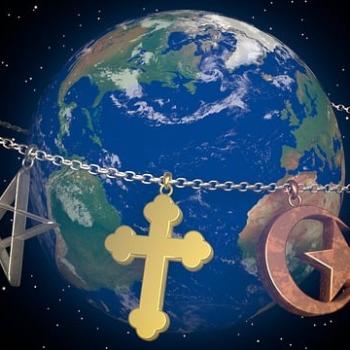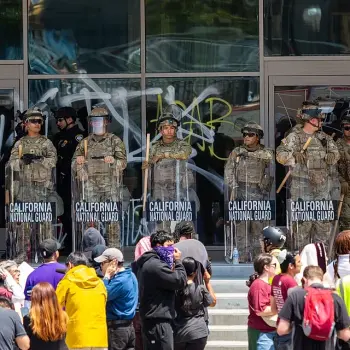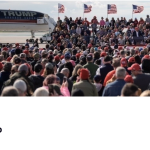America is in the midst of a dog shortage. The demand for dogs is so great that it is outstripping the supply from pounds, pet stores, puppy mills, and importers.
In 2018, the percentage of Americans who owned a pet was an already-high 61%. Today, that number is 70%.
I myself have had many pets over the course of my long and eventful life–dogs, cats, guinea pigs, fish, turtles, frogs, lizards, snakes. (The rule in my childhood for wild animals is that I could keep them for a few days, but then I had to let them go, a very good rule.) I even had an ant farm, ants being one of the less affectionate of pets.
I think pets bring out good qualities in their owners. Pets can make hard personalities grow tender-hearted, fill harsh minds with compassion, and make self-centered egotists nurturing and sacrificing.
People with pets tend to think of them as part of the family. Some people with pets go so far as to call them “my kids.”
I consider that to be a figure of speech. But now some social scientists are taking that literally. They are hailing the emergence of the “multi-species family.”
They note that the biggest cohort of pet owners and of those who speak of themselves as “moms” and “dads” to their “fur-babies” are millennials, many of whom are uninterested in getting married or having children. So they are projecting their maternal and paternal instincts onto their pets, to the point of taking them for walks in baby carriages and saying things such as, “I don’t spend enough time with my dog, so I am trying to change my schedule so that she has that time with me.”
Fox News, no less, has published an article by SMU sociology professor Andrea Laurent-Simpson entitled ‘Dog Mom’ and more – we’re living in multispecies families now. Here’s what it means, with the deck “Elevated state of companion animals is undeniable, and it’s no surprise family dynamics adjusted.” (That this is from Fox News illustrates how the love of pets characterizes both conservatives and liberals, being one thing–I suspect there are more things, if we looked–that unites our polarized nation.)
Professor Laurent-Simpson, who has written a book on the topic, speaks approvingly of this new kind of “nontraditional family.” She writes:
The multispecies family is. . .rooted in the same historical processes as other nontraditional families. Before the Industrial Revolution, parents focused on staying alive and having children to help provide for the family. But industrialization brought higher standards of living, lower death rates and longer lives. This allowed us to concentrate less on surviving and more on thriving – opening our lives to the possibility of self-happiness. Child-free families, single-parent families, declining marriage rates, and (for a time) increasing divorce rates all arose from these changes in modern society.
This state has also begot fully blended families where both human and furry non-human inhabitants equally enjoy the spoils of modern life. For child-free families – a category that has grown dramatically in the past 50 years – the question of whether a child might make them happy has been asked and answered. Dogs and cats paw in to fill a longing to nurture.
“Grandparents” readily shift over to spoiling the granddog as their daughters and sons choose instead to pursue lucrative careers. And parents with children today see happiness and self-esteem as paramount in raising healthy, happy adults – the sibling dog is a perfect relationship for fostering these goals.
Anchoring our cats in seatbelts and taking the dog for a walk in the stroller indicate this multispecies arrangement is here to stay. When changes in who can be treated as a child, sibling or grandchild occur across enough families, the broader cultural and institutional landscapes accommodate those new ideas.
Image by Michelle Raponi from Pixabay














